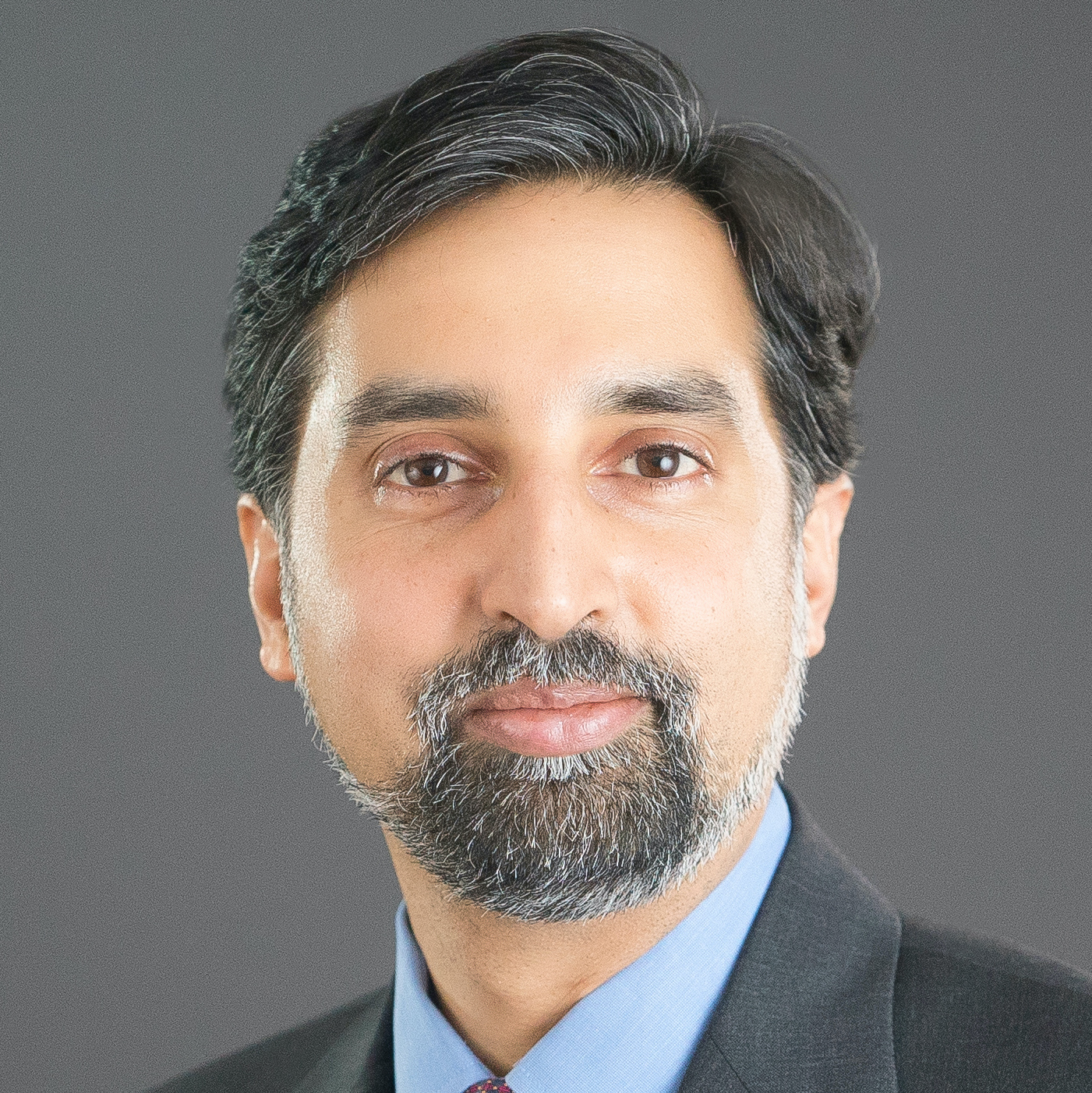
Formal telehealth training for the next generation of clinicians is essential to the continued growth of effective, patient-centric virtual care
The pandemic has fundamentally transformed the way healthcare is delivered. Merrit Hawkins found that last year nearly half of doctors started using telehealth to treat patients, pushing telehealth into the mainstream as a high-volume care modality.
With few established best practices to rely on, the medical community took matters into their own hands. After much trial and error, services were up and running and—for the most part—functioning smoothly. Patient satisfaction rates reached almost 80% due to the increased access and continuity of care telehealth provided.
But trial and error will not be enough moving forward; patients will expect a consistently high level of telehealthcare permanently now. As a result, clinicians will need to become experts in telemedicine. This must influence how we educate the next generation of clinicians.
Integrating telehealth education into medical school curriculum
Telehealth-specific training for medical students has become a necessity to help them navigate the unique opportunities and challenges that come with delivering virtual care, with some estimating that more than 20% of healthcare will be conducted virtually from 2021 onward.
Although in recent years medical schools have incorporated some telehealth training into their programs, the explosion of telemedicine has highlighted an urgent need to make formal, robust virtual care training a priority rather than a complement to other subjects.
First and foremost, future clinicians need to be taught how to properly conduct online social interactions with their patients, understanding how this practice differs from in-person bedside manner. Virtually establishing rapport and assessing social determinants of care—such as possible domestic abuse or poor diet—are new skills needed to ensure care providers can adequately counsel and treat their patients.
Learning how to conduct online exams is another critical task. Future clinicians will need to be taught how to conduct visual exams online (e.g., assessing eyes or rashes) and how to provide guidance during patient-led exams.
More from UB: Four HBCU medical schools receive $6M in vaccine effort
Students will also need to learn about the compliance and regulatory nuances that govern telehealth, which are often quite different from those that apply to in-person visits and are likely to continue changing.
For example, before the pandemic, Medicare reimbursed only a narrow band of telehealth consults, focusing on doctors and patients in rural areas who used specifically authorized technologies. In March 2020, regulatory changes significantly broadened the scope of reimbursement, to include clinicians in non-rural areas using any commercially available web conferencing software.
These changes are scheduled to elapse on Dec. 31, 2021, but may be extended through legislation such as the Connect for Health Act introduced by U.S. Sen. Brian Schatz in April and currently in negotiation in Congress. Clinicians in training need to be trained to stay aware of the regulatory complexity they will face as they enter practice.
And future clinicians will need to become increasingly comfortable with technology to make sure they can navigate the special risks arising from cybersecurity or privacy concerns in a telehealth context. Of course, clinicians will not need to be technology specialists, but they should aim to have enough familiarity with the “language” of these technology concerns to be sure that they are operating in a sustainable manner.
Improving patient care
None of these changes to medical curriculum will be easy, as they will need to be carefully balanced against the already-packed schedule of classes and rotations that give students a thorough grounding in a broad range of medical issues.
But the need is clear. All indications are that telehealth—when properly delivered and in the right situations—will prove to be a powerful tool for lowering barriers to access, increasing patient satisfaction, and expanding data points that improve the quality of diagnoses and treatment.
Adapting medical school to prepare clinicians to participate successfully in telehealth is a necessary investment in the continuing improvement of healthcare delivery.
Vikram Savkar is vice president and general manager of the medical segment at Health Learning, Research and Practice at Wolters Kluwer.



